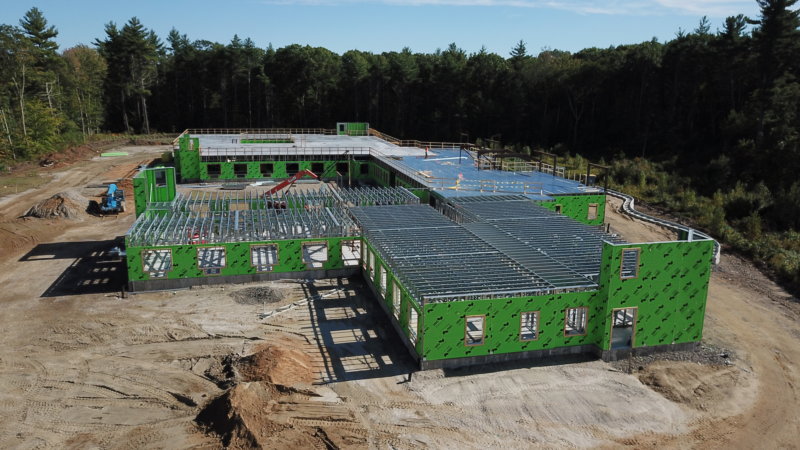In what has been a historically slow adapting industry, we are beginning to see some evolving trends to traditional construction. Below is a list of trends to keep an eye out for in 2019 and beyond:
- Modular Construction: The modular construction market is projected to grow at a compound annual growth rate of 6.9% from $112.4 Billion today to $157 Billion in 2023. This large growth is being driven by the reduced skilled labor force.
- Technology assisting human workers: There are subcontractor’s that are beginning to utilize robotics in assisting and working alongside their human workforce, whether it be tying lifting items, increasing productivity, etc. Those utilizing robotics believe they are reducing the physical strain on workers allowing them to prolong their working careers, as well as, reducing the repetitiveness/redundancy allowing workers to do more meaningful work.
- Design-Build’s Growing Popularity: FMI is predicting spending on design-build to increase around 18% in the next three years to $324 Billion. Advantages to design-build are shorter design durations due to less back and forth; greater buy-in from all involved, fewer changes in scope by developers, etc.
- Lean Building: Lean construction has increased manufacturing labor productivity by 3.6% annually over the past two decades compared to 1% in construction. More General Contractors are beginning to implement lean building strategies which include, early planning with key stakeholders, utilizing prefab materials, and just in time deliveries to name a few.
- Drone Technology: Drone use in construction is becoming more and more popular, providing a cost-effective method of obtaining aerial photographs. Technology for drones continues to advance and they will start playing a bigger role in construction besides taking photographs. Software is available that allows drones to perform mapping and volumetric analysis determining how much dirt is in a pile, thermal imaging is also being utilized to help contractors identify heat loss areas within the building so leaks can be addressed prior to reworking.
Drew Rahrig LEED AP
Vice President, Construction of The Douglas Company

